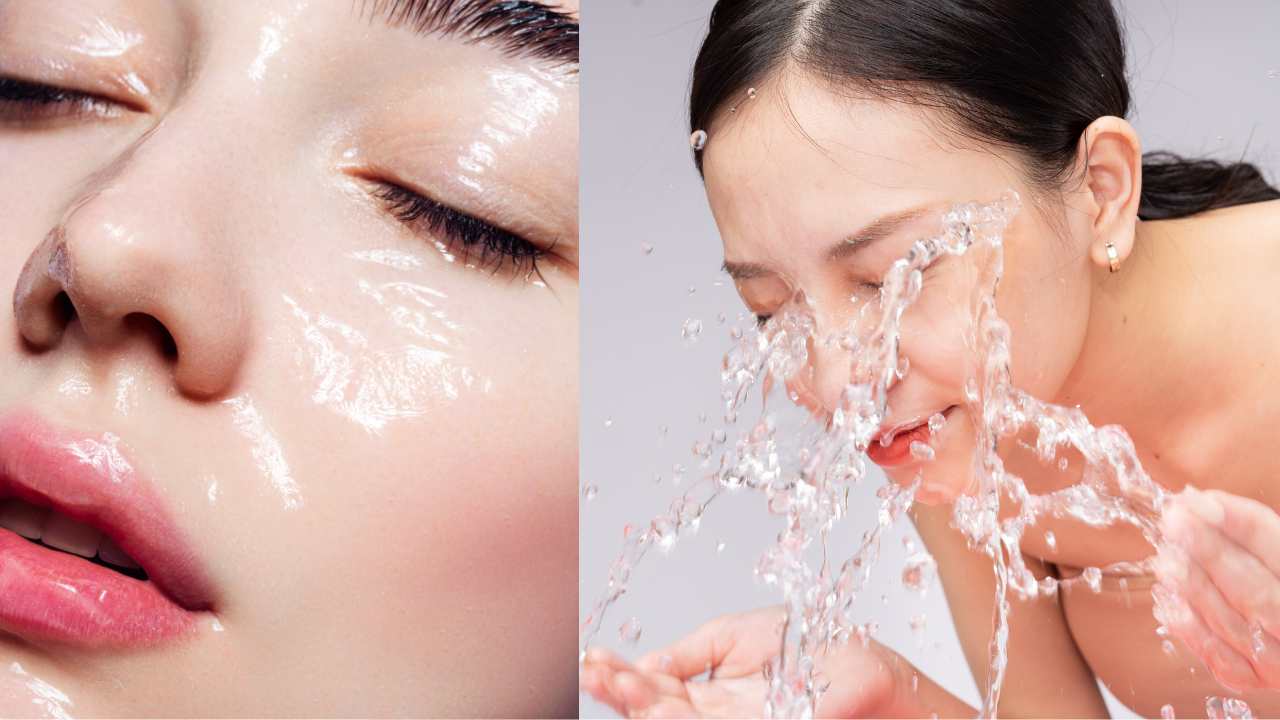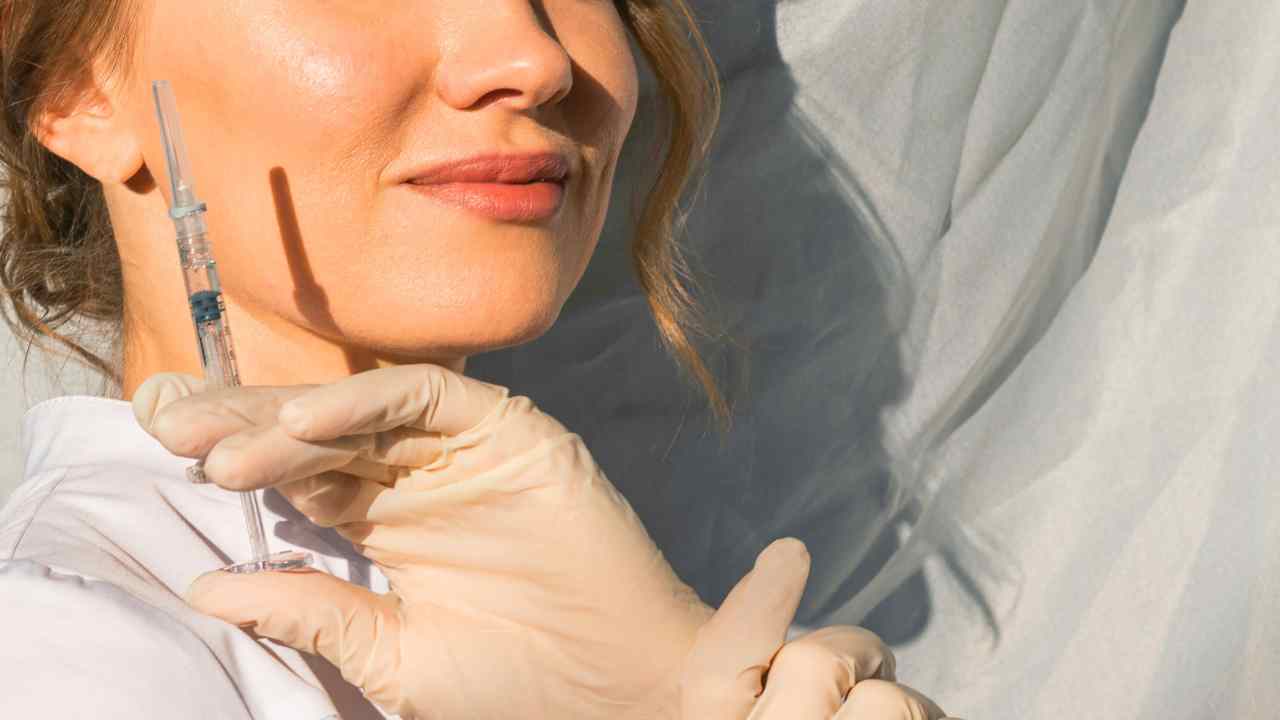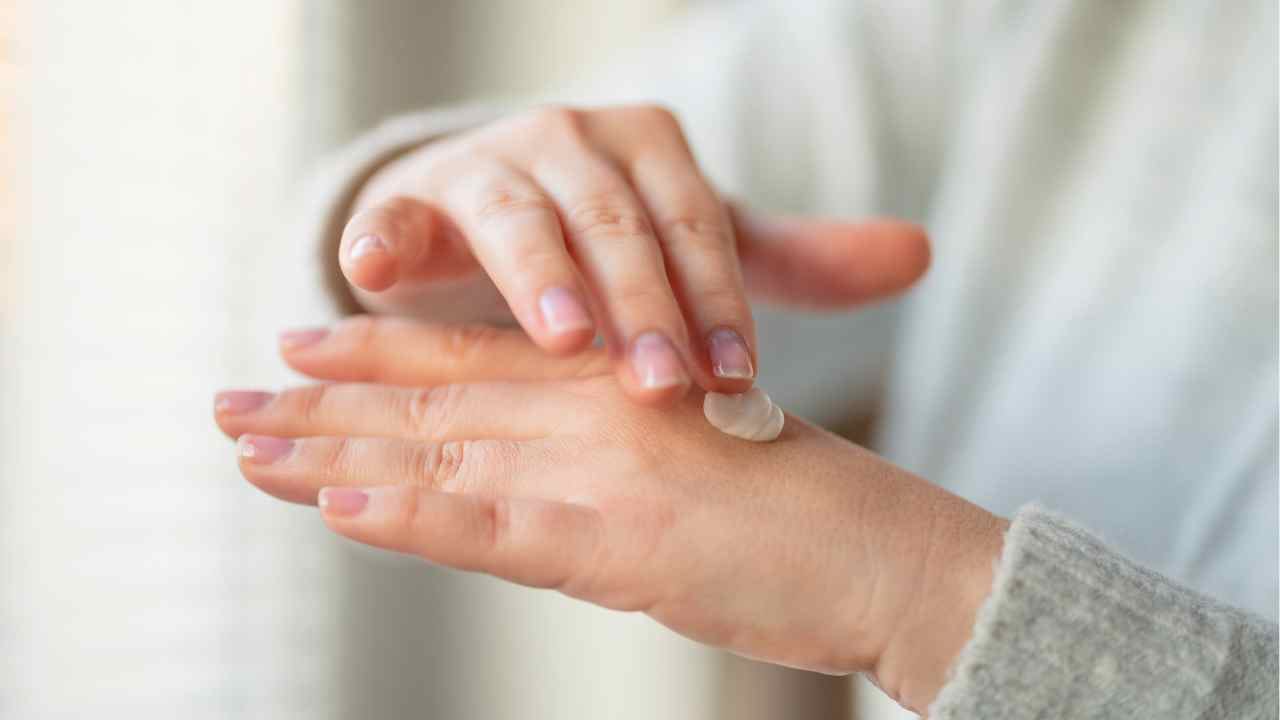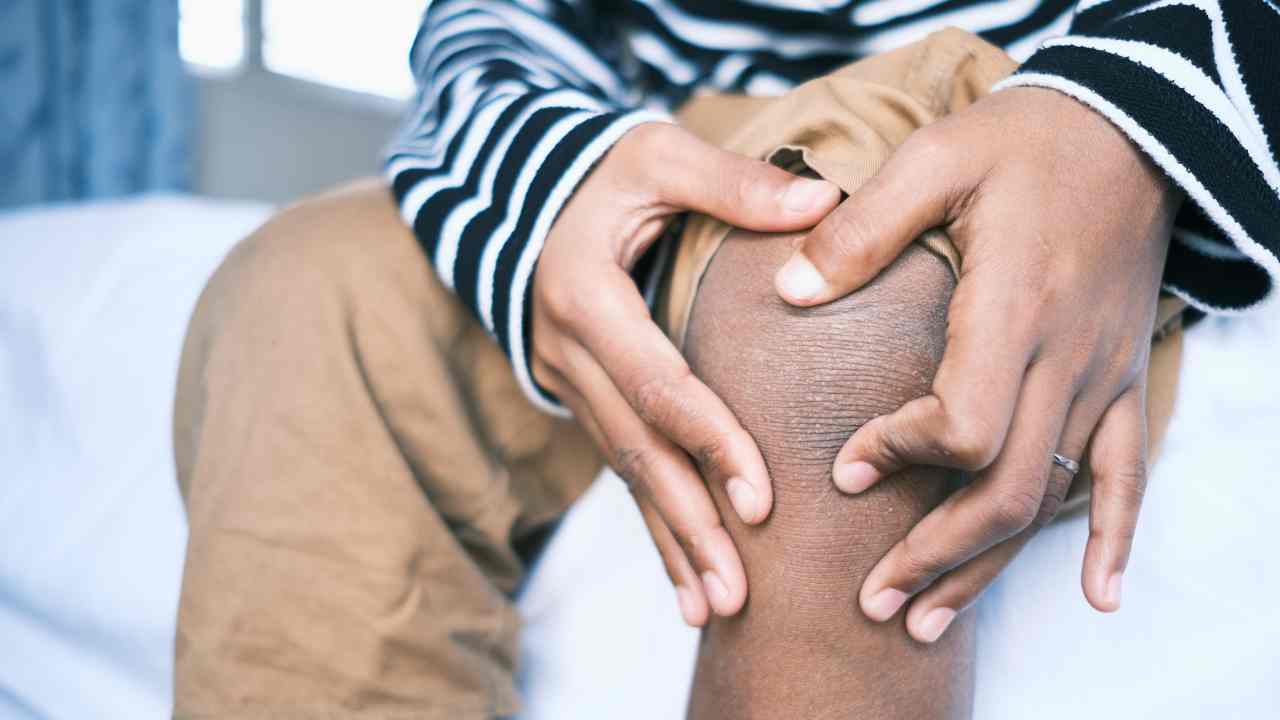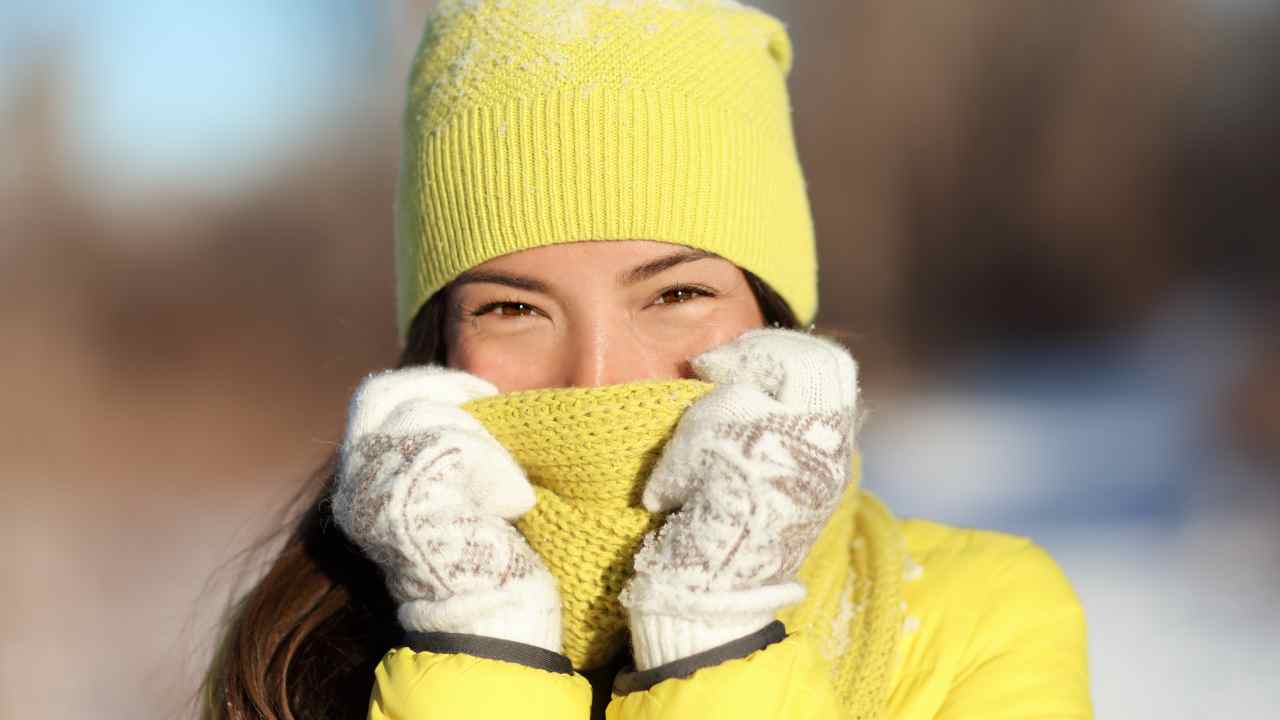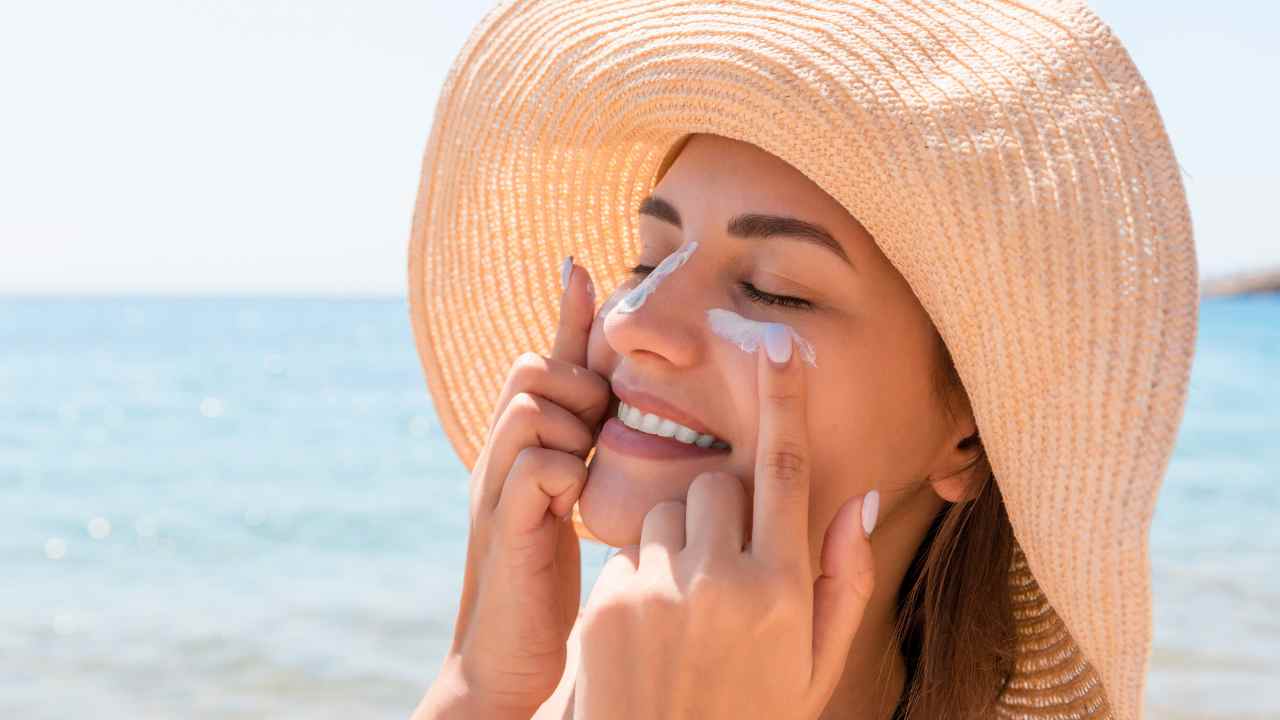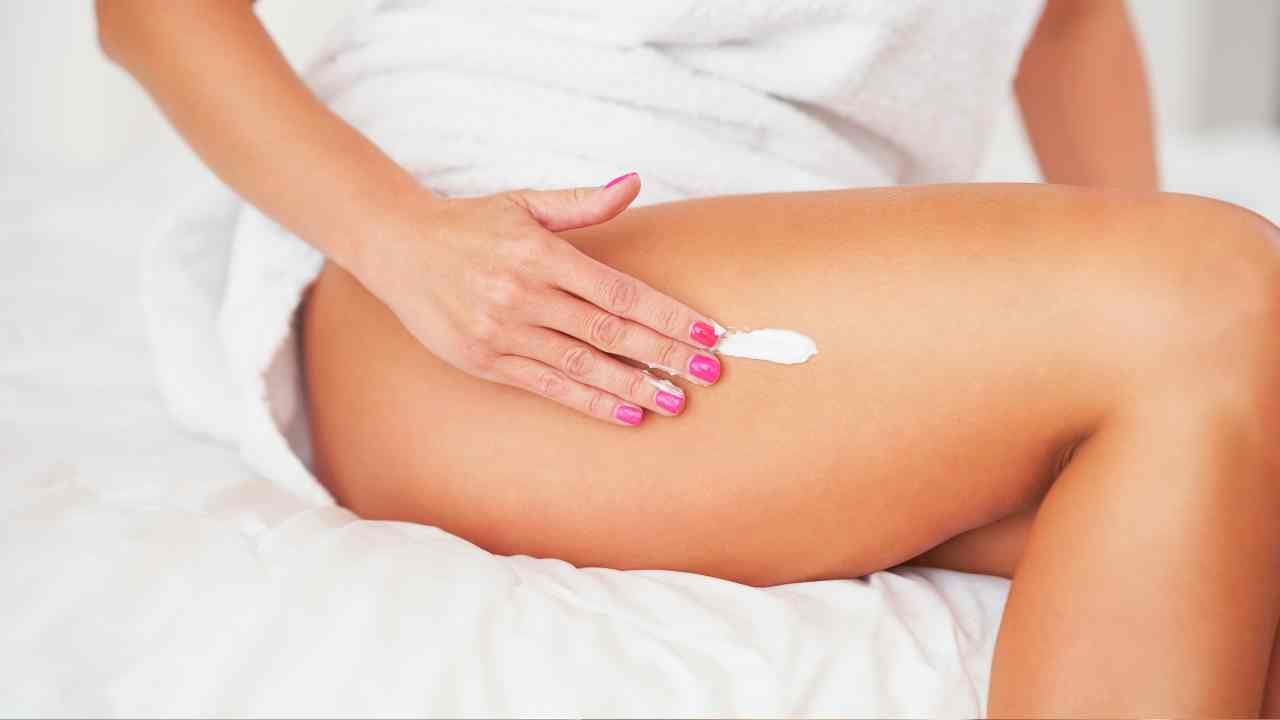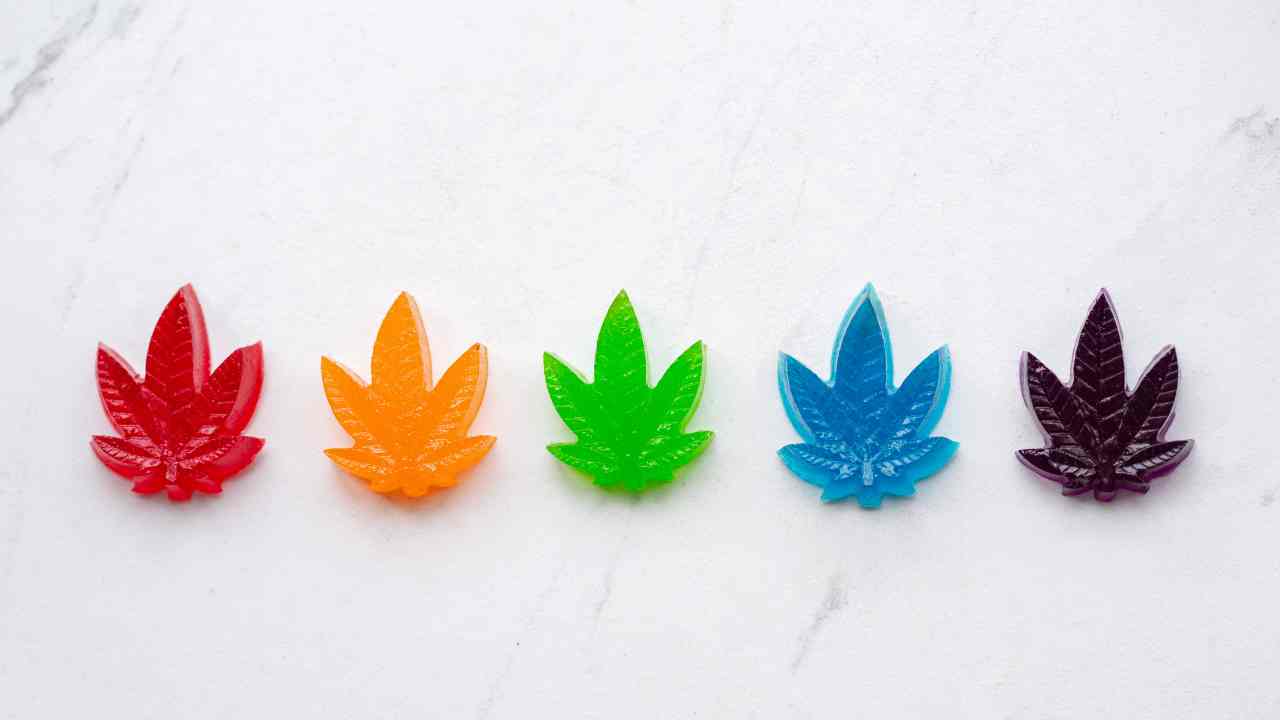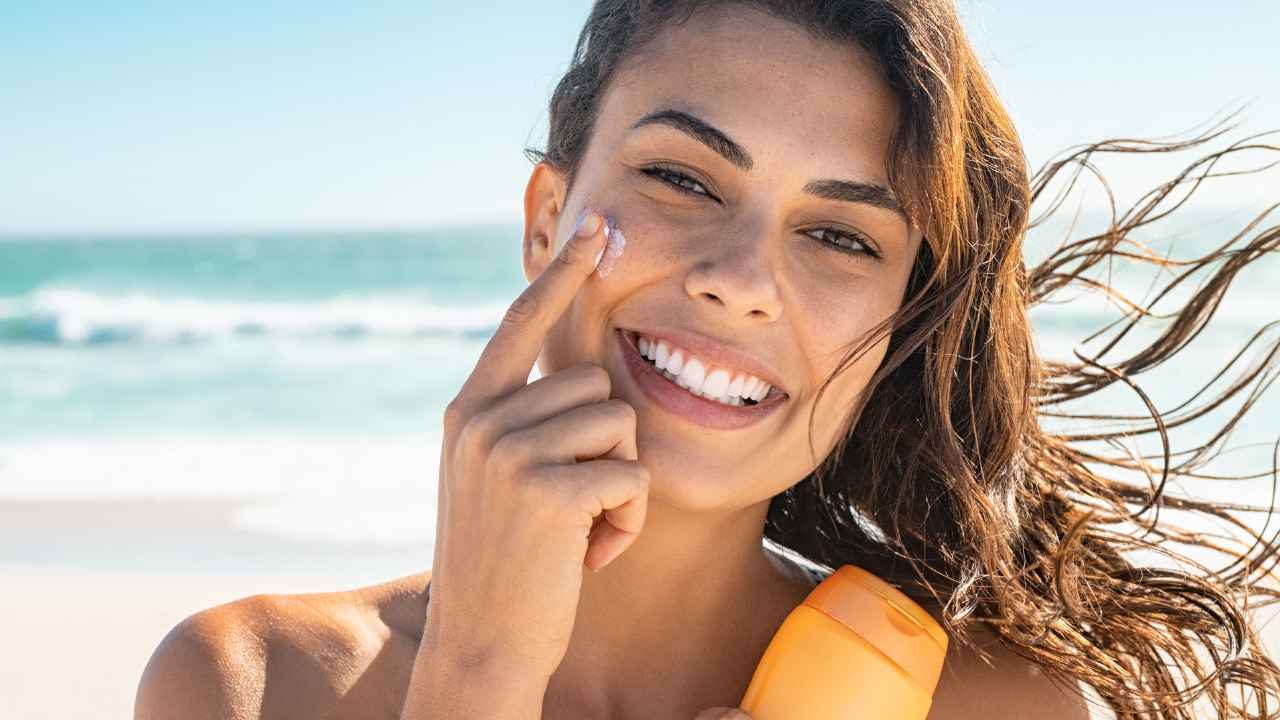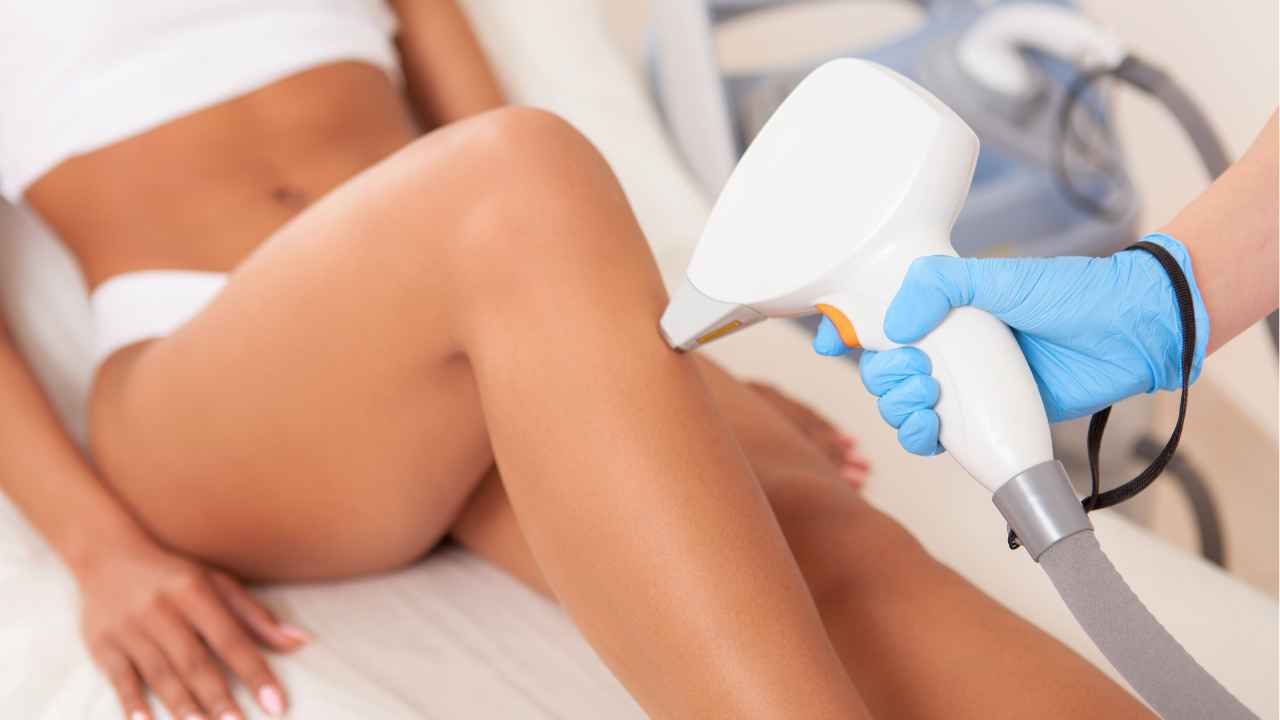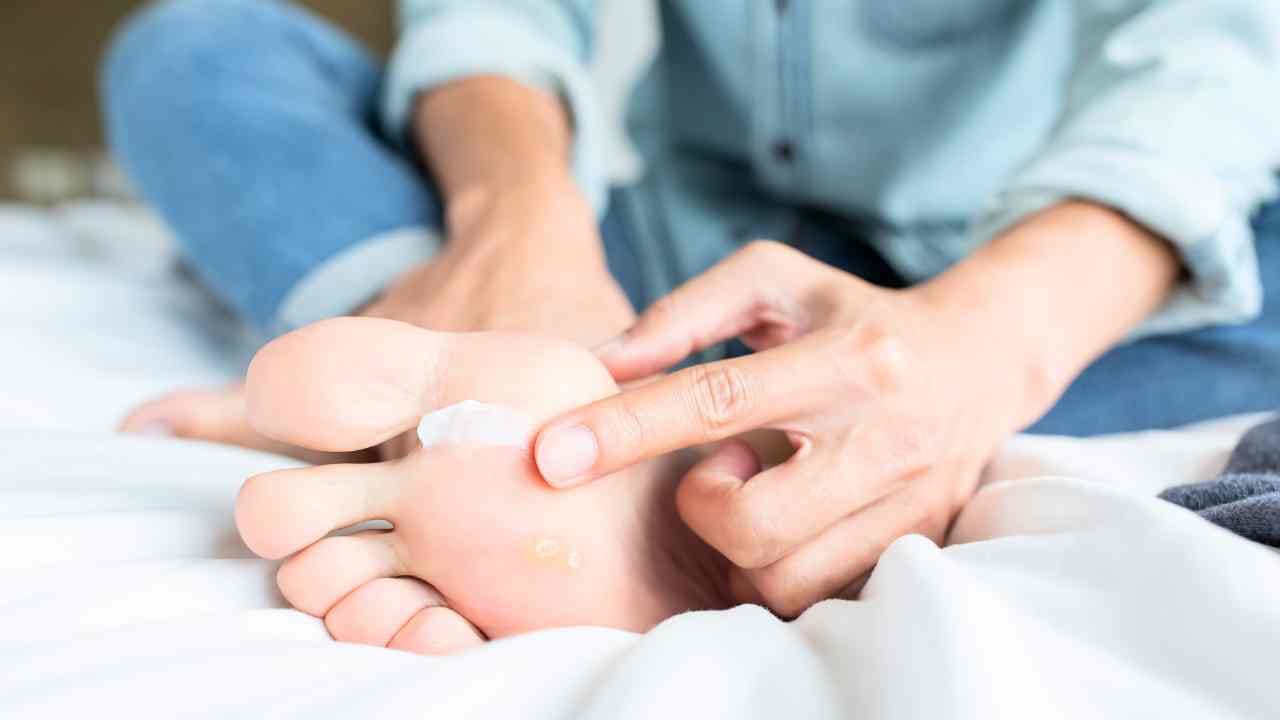
Athlete's Foot vs Dry Skin: How to Tell the Difference
When it comes to foot health, distinguishing between athlete's foot and dry skin can be surprisingly challenging. Both conditions share similar symptoms, but their treatments differ significantly.
Understanding the nuances between the two can lead to better care and relief. This article aims to provide you with the necessary information to identify whether you're dealing with athlete's foot or just dry skin.
Key Takeaways:
- Learn the distinct symptoms of athlete's foot and dry skin to accurately identify your condition.
- Discover the causes and risk factors associated with athlete's foot and dry skin.
- Gain insight into effective treatments and preventive measures for both conditions.
What is Athlete's Foot?
Athlete's foot, medically known as tinea pedis, is a fungal infection that thrives in warm, moist environments. It typically begins between the toes and can spread to other parts of the foot.
The infection is characterized by a scaly rash that causes itching, stinging, and burning sensations. Athlete's foot is contagious and can be contracted from walking barefoot in communal areas such as locker rooms or swimming pools.
Unlike dry skin, athlete's foot often presents with more severe symptoms such as cracking, peeling, and redness. In some cases, blisters or ulcers may develop, indicating a more serious infection that requires prompt medical attention.
Causes and Risk Factors of Dry Skin
Dry skin on the feet, also known as xerosis, is a common condition that can cause discomfort and flaking.
It occurs when the skin loses moisture and can be exacerbated by factors such as cold weather, low humidity, and excessive bathing. Unlike athlete's foot, dry skin is not caused by a fungal infection and is not contagious.
Risk factors for dry skin include aging, as the skin naturally becomes thinner and less able to retain moisture, and medical conditions such as eczema or psoriasis. Additionally, using harsh soaps or prolonged exposure to water can strip the skin of its natural oils, leading to dryness.
Identifying Symptoms of Athlete's Foot
The symptoms of athlete's foot are distinct and can help you differentiate it from dry skin.
Look for signs such as itching that worsens as the infection spreads, a scaly rash that may ooze or become raw, and a distinct odor. Athlete's foot may also cause the skin to become discolored or thickened.
If you notice any of these symptoms, it's important to seek treatment as athlete's foot can lead to secondary bacterial infections if left untreated.
And, the fungus can spread to other parts of the body, such as the hands or nails, if proper hygiene practices are not followed.
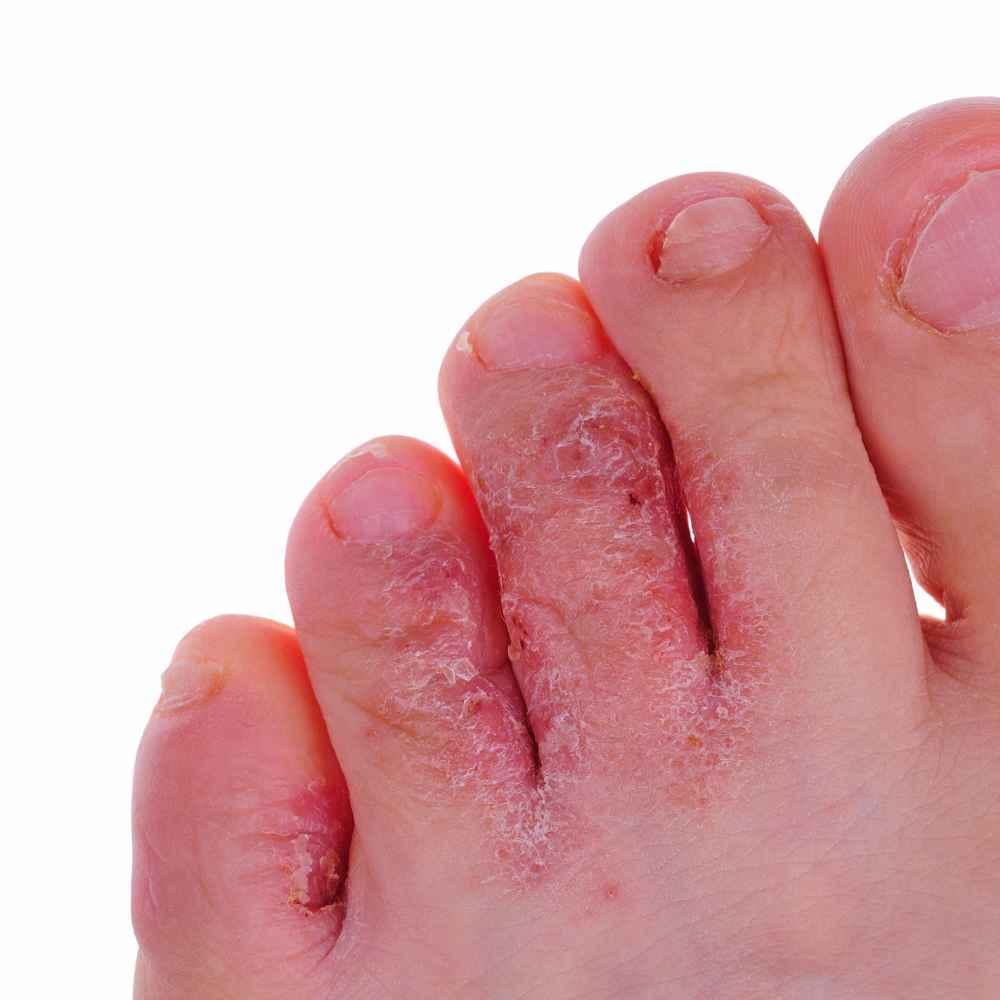
Recognizing Signs of Dry Skin
Dry skin on the feet is usually characterized by a rough, flaky texture. The skin may feel tight or itchy, particularly after bathing or during dry weather.
In severe cases, cracks or fissures can develop, which can be painful and sometimes lead to infection if not properly cared for.
Unlike athlete's foot, dry skin will not typically cause a rash or blisters. It's also not accompanied by the same level of discomfort or burning sensation that is often associated with a fungal infection.
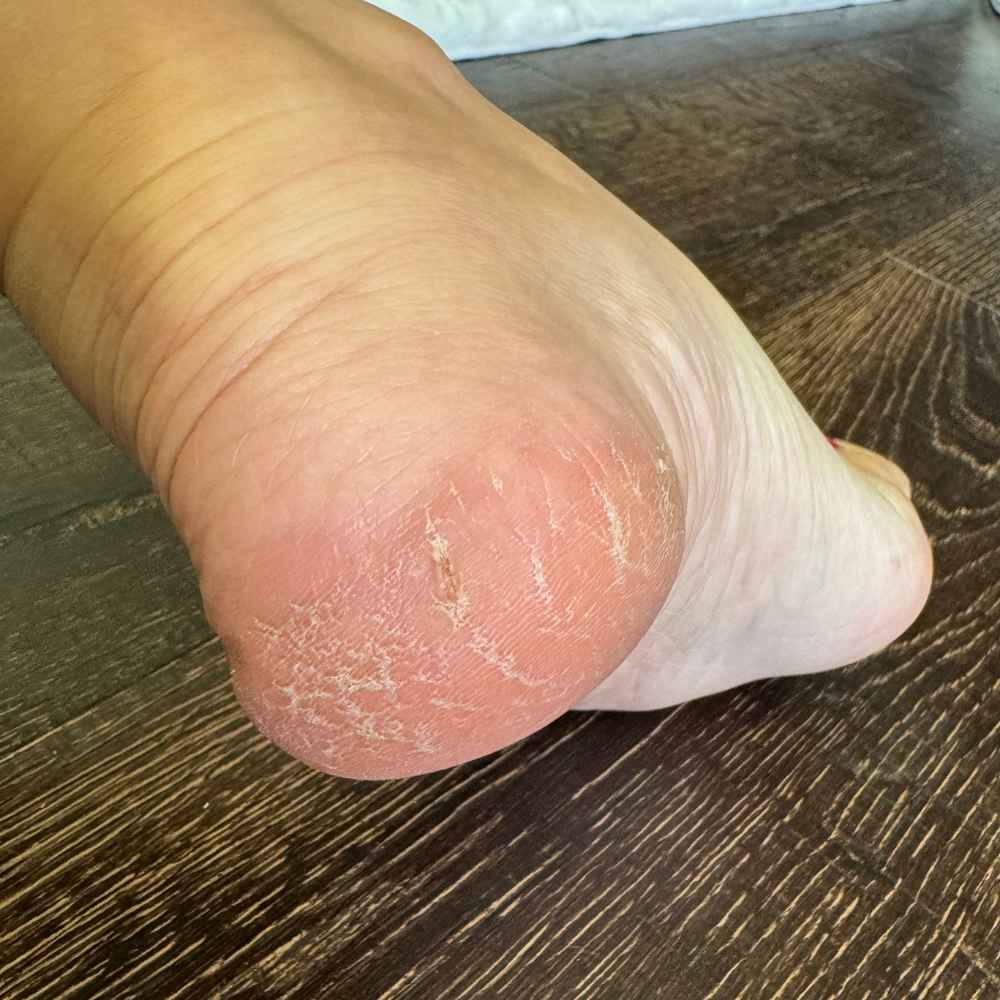
Lifestyle Adjustments for Healthier Feet
When it comes to distinguishing between athlete's foot and dry skin, it's essential to consider the role of lifestyle in maintaining foot health. Simple changes can make a significant difference in preventing both conditions.
For instance, choosing breathable footwear and moisture-wicking socks can help keep the feet dry, reducing the risk of fungal infections like athlete's foot. Additionally, staying hydrated and using a humidifier during dry seasons can help maintain skin moisture levels, combating dry skin effectively.
Moreover, incorporating foot care into your daily routine can be a game-changer. Regularly moisturizing your feet with body lotion, especially after showering, can prevent dry skin from taking hold.
On the other hand, for those prone to athlete's foot, keeping the feet clean and dry, and applying anti-fungal powders can be a proactive approach. Remember, the key to differentiating and preventing athlete's foot vs dry skin lies in the small daily choices that contribute to overall foot health.
The Role of Diet in Skin and Foot Health
Diet plays a pivotal role in the health of your skin, including the skin on your feet. Nutrient-rich foods that are high in vitamins, such as A and E, and minerals like zinc and iron, can promote skin health and strengthen your body's ability to repair and maintain skin tissue.
This can be particularly beneficial in preventing and managing dry skin. Foods like carrots, sweet potatoes, nuts, and seeds are excellent choices to incorporate into your meals.
Conversely, a diet that supports a strong immune system can also help fend off infections like athlete's foot.
Probiotic-rich foods such as yogurt, kefir, and fermented vegetables can boost the presence of good bacteria, which in turn can help keep fungal infections at bay.
Balancing your diet with both nutrient-dense and probiotic-rich foods can create a solid foundation for combating athlete's foot vs dry skin, ensuring your feet stay healthy and comfortable.
Treatment Options for Athlete's Foot
Treating athlete's foot involves anti-fungal medications that can be purchased over-the-counter or prescribed by a doctor. These treatments come in various forms, including creams, sprays, powders, and oral medications.
It's crucial to follow the treatment regimen as directed and to continue using the medication for the full course, even if symptoms improve, to ensure the infection is completely eradicated.
In addition to medication, keeping the feet clean and dry is essential. Change socks regularly, use anti-fungal powders to absorb moisture, and avoid wearing tight-fitting shoes that can create a breeding ground for fungus.
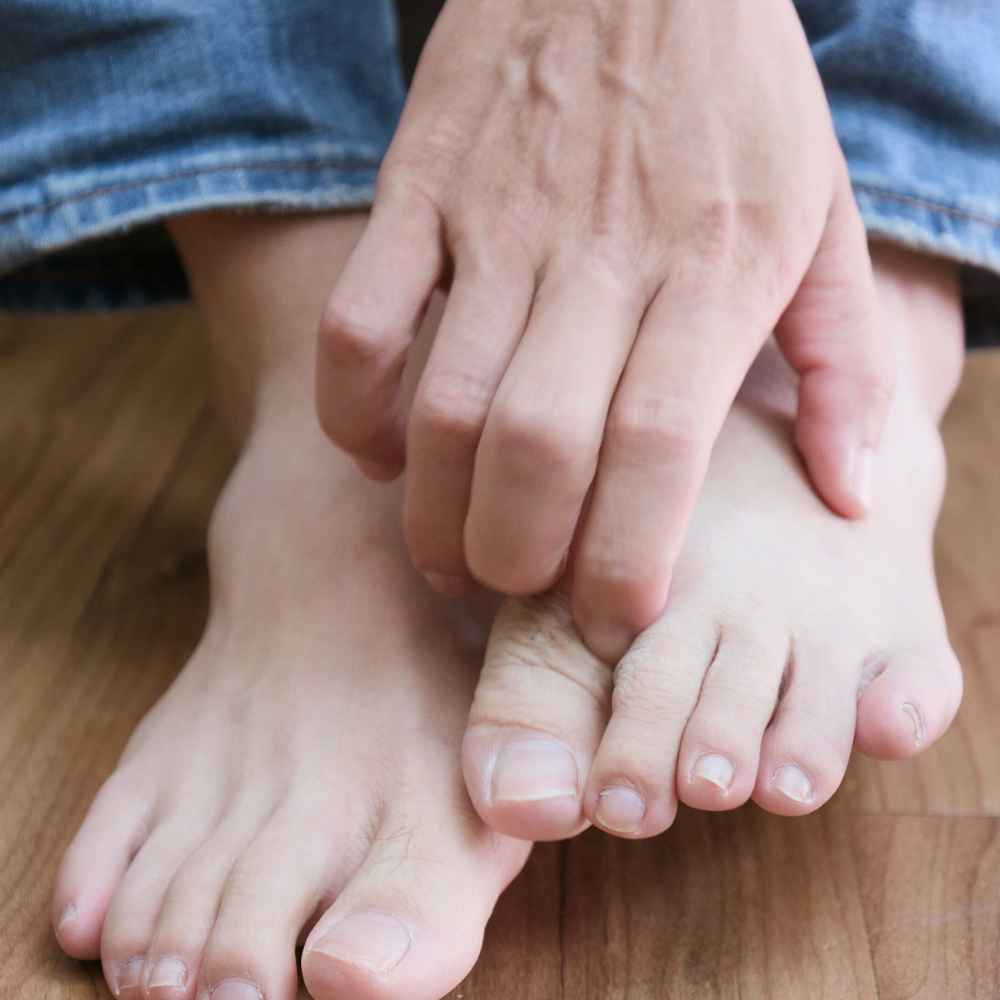
Managing Dry Skin on the Feet
For dry skin, the focus is on restoring moisture. This can be achieved by using thick, emollient creams or ointments such as Aquaphor or Vaseline, particularly after bathing while the skin is still damp. Look for products containing urea or lactic acid, which can help to exfoliate and hydrate the skin.
It's also helpful to avoid long, hot showers and to use gentle, fragrance-free soaps. Using a humidifier in your home can add moisture to the air and help prevent your skin from drying out.
Preventive Measures for Both Conditions
Prevention is key for both athlete's foot and dry skin. To prevent athlete's foot, keep your feet dry, wear breathable shoes, and use flip-flops in communal showers or locker rooms.
For dry skin, moisturize regularly, protect your feet from extreme temperatures, and stay hydrated to maintain skin health.
By taking these preventive steps, you can reduce your risk of developing either condition and maintain healthy, comfortable feet.
When to See a Doctor
If you're unable to determine whether you have athlete's foot or dry skin, or if your symptoms persist despite home treatment, it's important to consult a healthcare professional.
A doctor can provide a definitive diagnosis and recommend a treatment plan tailored to your specific condition.
Additionally, if you experience severe pain, swelling, or signs of a bacterial infection, such as increased redness, warmth, or pus, seek medical attention immediately.
Knowing the Difference
Distinguishing between athlete's foot and dry skin is crucial for effective treatment.
Athlete's foot is a fungal infection with symptoms like itching, burning, and a scaly rash, while dry skin is characterized by flakiness and tightness without the severe discomfort of a fungal infection.
Treatment for athlete's foot involves anti-fungal medications and good hygiene, whereas managing dry skin focuses on moisturizing and protecting the skin. Preventive measures and knowing when to consult a doctor can help keep your feet healthy.
FAQ Section
Q: Can athlete's foot be cured with moisturizers meant for dry skin? A: No, athlete's foot is a fungal infection that requires anti-fungal treatments. Moisturizers can help alleviate dryness but will not cure the infection.
Q: How can I prevent athlete's foot from spreading to other people? A: To prevent spreading athlete's foot, avoid sharing towels, shoes, or socks with others, and wear protective footwear in communal areas. Practice good foot hygiene by keeping your feet clean and dry.
Q: Is it possible to have both athlete's foot and dry skin at the same time? A: Yes, it's possible to have both conditions simultaneously. If you suspect you have both, it's best to see a doctor for a proper diagnosis and treatment plan.



